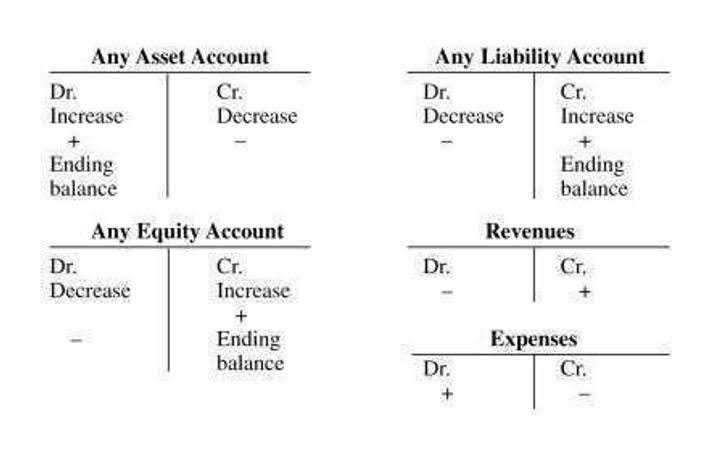
Accountants record and analyze these transactions to generate an overall picture of their employer’s financial health. Working capital defines the sum that remains after subtracting current liabilities from current assets. Equity capital specifies the money paid into a business https://www.bookstime.com/articles/quickbooks-accountant by investors in exchange for stock in the company. Debt capital covers money obtained through credit instruments such as loans. Small business owners and individual taxpayers can also benefit from a strong working knowledge of basic accounting concepts and terms.
Bookkeeping

The fact that it’s regarded as a going concern is an important issue, moreover if the company has been struggling financially. They also learn various types of accounts to be maintained by the firms and about risk management and administration skills during learning. The book has good graphics, end of chapter content, and even video examples. Accounting is a back-office function where employees may not directly interface with customers, product developers, or manufacturing.

The Statement of Cash Flows (SCF)
- The ARPL is a coalition of various advanced professional groups including engineers, accountants, and architects.
- Using the data above, prepare a corrected set of financial statements similar to the examples illustrated in Section 1.4.
- The adapted textbook includes multiple ancillary student and instructor resources.
- Basic accounting concepts used in the business world encompass revenues, expenses, assets, and liabilities.
- The number of shares they purchase will determine how much of the corporation they own.
- This is matched on the right hand side by an increase in liabilities of 42,750, an increase in equity of 20,750.
The opening entry can now be recorded in the ledger using the general ledger journal. In addition to the firm, Barry is a speaker for the Society of Financial Awareness’s Metro Atlanta Chapter. SOFA provides free financial education for employees of companies located around the Metro Atlanta area. The chapter is currently providing workshops for Emory University, Jackson Healthcare, Atkins Global, and other companies.
Bringing an Opening Balance Equity Account to Zero
- The contents of the opening entry generally include the initial funding as well as any initial debts incurred and assets obtained by the firm.
- SOFA provides free financial education for employees of companies located around the Metro Atlanta area.
- LO2 – Identify and describe the forms of business organization.
- Not closing out this account makes your balance sheet look unprofessional and can also indicate an incorrect journal entry in your books.
- Expert advice and resources for today’s accounting professionals.
- Use the same information EXCEPT assume that during the second year, additional shares were issued for cash of $3,000.
Following the transaction the equity (share capital) of the business will increase by 100. This increase is matched by a corresponding increase in the assets (cash) of the business. On the left hand side of the accounting equation the assets increase by 63,500. This is matched on the right hand side by an increase in liabilities of 42,750, an increase in equity of 20,750. He previously had four years of experience with an accounting firm located in Norcross, and his accounting back ground includes bookkeeping, payroll and income tax preparation. Ketur received his Bachelor’s Degree in Accounting and Finance from Georgia State University in 2005.
What Is an Asset?
Closing entries in accounting allow businesses to start a new accounting period when the time comes. At the beginning and end of every period, companies must open and close their temporary accounts in order to record their financial information for reporting purposes accurately. This process shifts the balance of accounting opening funds and effectively brings the closing balance to zero. Financial statements are prepared at regular intervals — usually monthly or quarterly — and at the end of each 12-month period. The timing of the financial statements is determined by the needs of management and other users of the financial statements.
Opening Stock Journal Entry
Balance Sheet 101: Understand Opening Balance Equity Accounts


